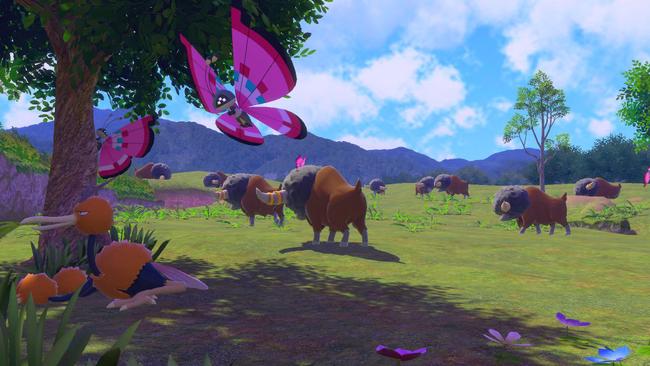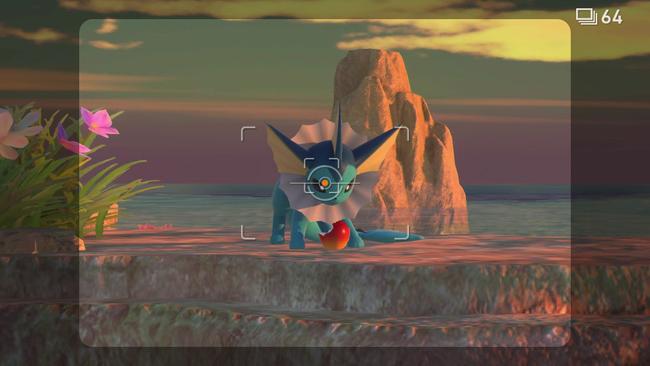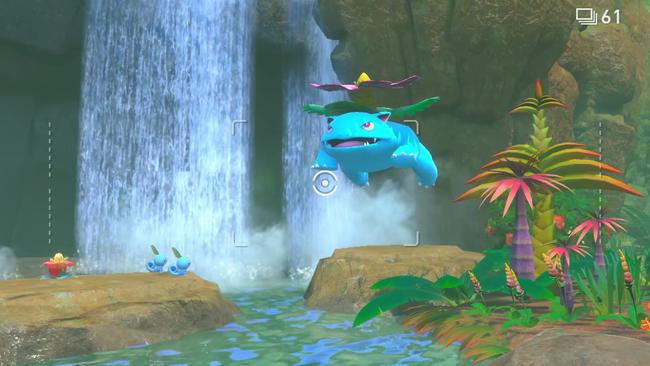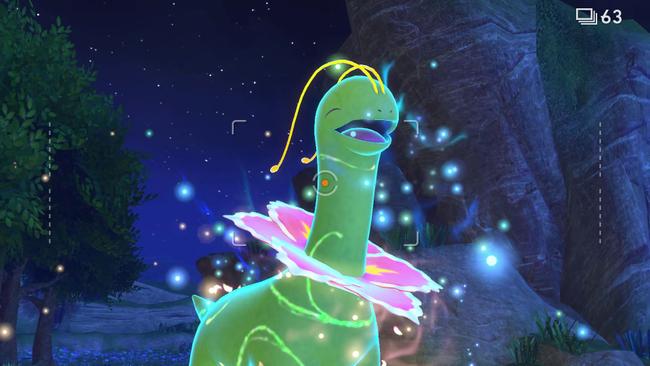
New Pokemon Snap Review
You’re asking a lot from a game when it’s following up on over 20 years of legacy. Fans had been clamoring for a sequel to 1999’s Pokemon Snap for as long as I can remember; but the longer that gap grew, the larger the expectations must have grown for New Pokemon Snap to deliver. In 1999 Pokemania was still in full swing, and the love & fervor that a generation of kids had for their beloved Pocket Monsters were unmatched – for many of them, that love never really disappeared.
A lot of things have changed since then. While Pokemon Snap managed an admirable job adapting a decent of the original 151, now there are nearly 1,000 of the critters, maybe more when accounting for all of the regional forms and the like. Much like with the consideration made surrounding Pokemon Sword & Shield, deciding which Pokemon to bring over to the spin-off, and which to leave behind, means that a number of fan favorites were never going to make the cut.

But enough of that – steep expectations or not, how does New Pokemon Snap hold up as a sequel? Well… it’s a bit complicated.
Visually, New Pokemon Snap is stunning. Pokemon, of course, are well-modeled using the same standard models that The Pokemon Company has been using for years; what isn’t standardized are the textures. Bandai Namco has knocked it out of the park here, with Pokemon like Magikarp including subtly noticeable scales, and others featuring a similarly high level of fidelity. Animations, too, are another strong suit. The number of unique animations for the game’s many Pokemon is impressive, to say the least. Flourishes such as Archeops’ labored flying, Alolan Sandslash’s skittish dive into the snow, and Gengar’s playful trickery with portals all help sell each Pokemon’s unique personality. Even more than with the original, you can believe that these Pokemon are all at home in their environment.
What is unfortunately absent are evolutions. Yes, it’s entirely likely that The Pokemon Company has elected that knocking a Charmeleon into a volcano maybe shouldn’t cause it to evolve into a Charizard – but interactions like that were part and parcel of the original experience. Similarly, while you do have chains of interactions that can lead to the perfect shot for elusive Pokemon like in the original, not only does it never quite feel as organic as on the N64 – many of these interactions are gated behind a rather unfortunate grind to even have a chance to capture them on film.

Let’s explain Explorer Levels. The very first time that you’ll enter a stage, you’ll enter at Explorer Level 1; there will be fewer Pokemon on the track, fewer options for interaction, and the stage will essentially be a straight shot to the goal. Once you hit Level 2, more Pokemon will appear – with more chances for interactions with them, and more interesting gameplay mechanics tied to tethering Pokemon from one end of the map to the other. These will only increase in complexity each time the track levels up.
On paper, this is fine. The framing that the Pokemon are simply growing more comfortable around you is a cute explanation for the increased variety and liveliness of the Pokemon that show up the more you replay each level. The problem is that this means that you’ll have to play each stage something close to half a dozen times just to unlock the “final” version of it, with all of the cool interactions that you might have wanted from the sequel. This feels like unnecessary padding – doubly so when stages can and will have time-of-day variants for them, and these variant stages each have their own, separate, Explorer Level applied to them.
The original game, if it didn’t force you to replay levels, it at least gently nudged you to do so as you unlocked your range of upgrades. What makes the padding in New Pokemon Snap all the more frustrating is that they could’ve applied the same exact method to its padding to a great result – players end up with more options at their disposal than in the N64 original, between the Fluffruit, Illumina Ball, Scan, and Flute. Instead, you’re given access to nearly all of these abilities early on, with one sole exception.

To put it bluntly - there are over 20 different levels for players to tackle, and the fact that you’ll be replaying some of them close to a dozen times by the time the credits roll makes for a frustrating experience. To add insult to injury, the game holds out on an upgrade that lets you speed up your trolley until near the tail-end of the story, well after you’ll have been tasked with replaying almost every level in the game a handful of times in order to progress. While having a speed up mechanic at all is better than the alternative, I almost find it insulting that they waited so long to give it to me. Even if it does make going back to older levels much more bearable to unlock those last few Explorer Levels, it still feels like a band-aid solution – and doubly so when it feels like you’re actively being punished if you decided to try and tackle those earlier levels to unlock the rest of the interactions early on. Besides biome-specific Illumina Balls, most of the general upgrades you’ll use for interacting with Pokemon are unlocked very early on; the speed upgrade feels like the one lone hold-out in comparison, and by the time it actually unlocked for me I had just about given up hope that it even existed.
Ignoring those quibbles, New Pokemon Snap is simply more of the same, and otherwise a straight upgrade from the original. Although I never messed around with them myself, players can even tweak any of the photos that they’ve taken – re-framing them, applying stickers and filters, and even uploading them to the community with their own captions. There’s a ton of different requests that will task players with seeking out unique events on each of the game’s many levels, and alternate paths that you can find and take to sometimes drastically change the layout of the track.

I’d be remiss if I neglected to talk about the games’ “Illumina Pokemon” boss battles. If you bothered to finish the original Pokemon Snap, and challenge Mew, then you already know what to expect. You have to use finesse and the tools at your disposal to capture pictures of 6 different special Pokemon while they’re caught in an “Illumina” state. These might be as simple as Meganium, which will enter Illumina form on its own; or it can be more complicated like with Milotic, where you first have to coax it to the surface of a lake with a Fluffruit. I enjoyed these a great deal since I never had to replay them a large number of times before it felt like the encounter was actually content complete.
When I wasn’t getting frustrated with New Pokemon Snap, I was having a great time – but I really can’t help but question the thought process with saving the best of the game for after the player has exhausted so much of the game’s content. It feels like I’m being asked to prove I deserve to play more of the game I fell in love with on the Wii’s Virtual Console by finishing a huge stack of work first. For a game that seems so determined to relax the player, I feel like they forgot to consider that there’s a fine line between relaxation and boredom. New Pokemon Snap didn’t have to bore me, and that’s what makes it all the more frustrating.